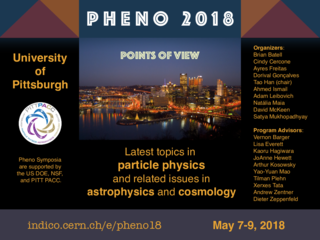Speaker
Description
We have studied the generation of gravitational waves by magnetohydrodynamic turbulence during the Electroweak Phase Transtion (EWPT).
We use direct numerical simulations (DNS) of decaying and forced hydromagnetic turbulence during the EWPT. For that purpose, we use the Pencil Code (https://github.com/pencil-code), an open source code that allows to solve sets of partial differential equations on large, massively parallel platforms.
In previous work we studied the production of primordial magnetic fields during cosmological times to try to explain the coherent magnetic fields that, according to some observations, might be present from the scale of galaxies to clusters of galaxies. We concluded in that work that helical magnetic fields were more suitable to produce the required strengths derived from observations.
We have characterized the perturbations in the metric tensor produced by gravitational waves. We have studied the linear polarization basis components $h_{+,\times}$ and the energy and helical spectra produced by gravitational waves.
We have also studied the temporal evolution of the energy density of gravitational waves and the ratio of GW energy density to the source energy density.
We conduct this analysis for different turbulent sources.
For that purpose, we have developed the gravitational waves module of the Pencil Code. We compute the stress-energy tensor produced by hydromagnetic turbulent sources and then we solve the linearized Einstein field equations.
We have also analyzed the evolution of the gravitational wave energy density with the expansion of the Universe in the context of the Friedmann-Lemaitre-Robertson-Walker model. Then, we have computed the ratio of gravitational wave to critical energy density $\Omega_{\text{GW}}$ and have compared the obtained values with the sensitivity of LISA mission to study the feasibility of detecting traces of primordial magnetic fields in the early Universe gravitational waves and to predict the detectable properties of the gravitational waves polarization spectrum.

